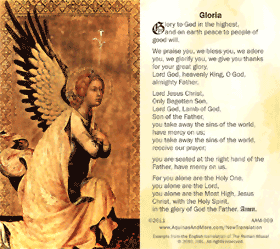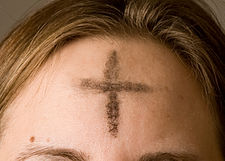The word Pentecost—“fiftieth”—appeared in the ancient Greek version of the Old Testament to refer to the “Feast of Weeks,” a harvest festival occurring 50 days after Passover. Later it became a time when the Israelites recalled God’s covenant with Noah. After the destruction of the Jerusalem Temple in 70 A.D., Pentecost took on an even greater religious significance when it became associated with the giving of the Torah on Mt. Sinai. It was an important festival, and in Jesus’ time it would have attracted many Jewish pilgrims to Jerusalem.
That was the setting for what Saint Luke described in the Acts of the Apostles. In fact, Luke drew on not only on the Israelite Pentecost traditions but other biblical events as well. The “noise like a strong driving wind” echoed the “mighty wind” which swept over the waters at the creation of the world and after the Great Flood. The ability to speak in and understand different tongues reversed the chaos of language in the aftermath of the Tower of Babel. Like God’s appearance to the Israelites during their Exodus, in Acts God’s presence once again appears in the form of fire.
At the first Christian Pentecost, the earliest assembly of the church received all that and more: God's abundant creating Spirit sweeping through the whole world, forming a new people on a mission to communicate God’s new teaching to the whole world—and gathering a great harvest as a result.
Scripture
• Genesis 1:1-2; 8:1; 11:1-9; Exodus 13:21; John 14:25-26; Acts 2:1-13





